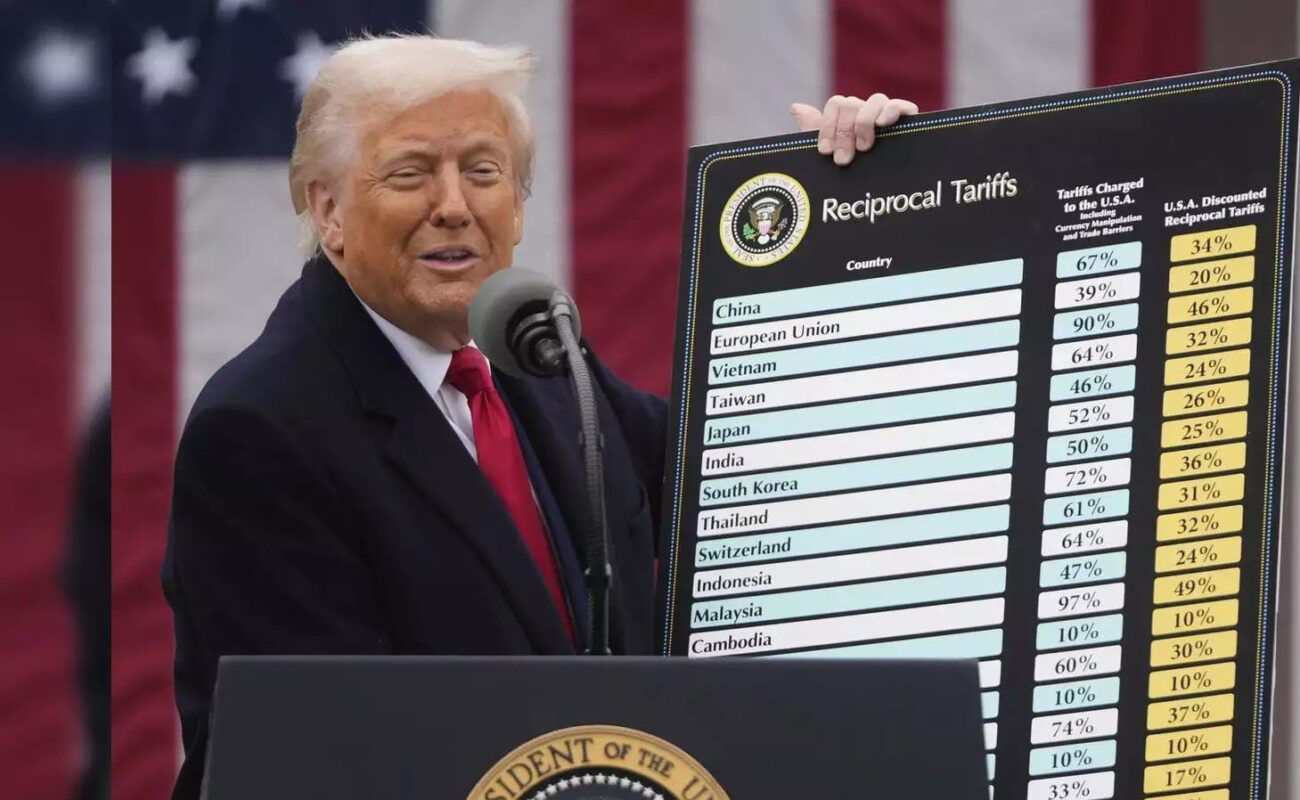Are we ready for the COVID-19 third wave?
Virologists and health experts are not on the same page about the timing and the characteristics of a new wave. The third wave, some argue, could be an aggregate of many ripples spread across the

Virologists and health experts are not on the same page about the timing and the characteristics of a new wave. The third wave, some argue, could be an aggregate of many ripples spread across the country.
During the first Covid outbreak in India in early 2020, the government struggled to organise not only ventilators but even essential items like PPE kits and N95 masks. A year later, when the brutal second wave ravaged the nation, the very contours of challenges changed. Suddenly, there was a massive shortage of hospital beds and oxygen supply as the number of daily cases rose to a staggering 4 lakh at the end of April.
Will there be another wave, bringing with it a new set of challenges? Virologists and health experts are not on the same page about the timing and the characteristics of a new wave. The third wave, some argue, could be an aggregate of many ripples spread across the country. If and when it arrives, the fear is we will be facing fresh challenges, including lack of enough paediatric Covid care facilities, inadequate health infrastructure in the suburbs and rural areas and shortage of specific medicines. Authorities will also have to watch out for any possible waning of vaccine effectiveness in those who got the shot early.
“Problems of the first wave were not the problems of the second wave and the problems of the second wave may not surface in the third wave,” Shobana Kamineni, executive vice-chairperson of Apollo Hospitals, tells ET. “Because of the ongoing vaccination, there could be less hospitalisation in the next wave. We should, however, be worried about shortage of medicines and possible waning of vaccine effectiveness in the healthcare and frontline workers who took the jab in the beginning (January-March),” she says, adding that the capacity to produce oxygen has now risen substantially, with most of the big private hospitals setting up their in-house plants. Irregular oxygen supply to hospitals was a major problem during the peak of the second wave, leading to loss of precious lives. Top policymakers in the government seem to have recognised that there could be newer challenges in the next wave. An analysis of the components of the `23,123 crore Covid preparedness package, approved by the cabinet last month, suggests a shift in government’s priorities. The emphasis is on ramping up paediatric segments, possibly fearing that those below the age of 18 years, who are unvaccinated, could face the wrath next time.
The package — Rs 15,000 crore from the Centre plus states’ share of Rs 8,123 crore — includes setting up paediatric units in 736 districts as well as reserving 20% of the proposed 20,000 new ICU beds for paediatric Covid care.
Though children have so far been less affected by Covid, there is a chance that they could be more exposed to the virus in the next wave. “Many of them did not get affected in the first wave. Also, more adults have been infected and many of them would also be vaccinated. So treatment facilities for children, whether in primary or tertiary care, must be readied,” says Professor K Srinath Reddy, president of Public Health Foundation of India (PHFI), adding that the use of ventilators for paediatric patients could be a problem because not many are trained for it, even in paediatric nursing.
Former Union health secretary, Lov Verma, says he has learnt from officials in various states that setting up paediatric sections is a priority now.
“More and more states are ramping up their paediatric sections. Also, the government appears to be hurrying up the vaccination process for children,” he says. Union Health Minister Mansukh Mandaviya’s statement earlier this week that the government might start Covid vaccination for children by August, must be seen in this context. Inoculating children could lead to reopening of schools.
STATES OF READINESS
At present, daily Covid cases are under control, except in states such as Kerala and Maharashtra. Most states are using this lull to prepare for a future wave. In the next two weeks, Karnataka plans to launch an integrated app that can be used by Covid patients right from the testing stage to hospitalisation and discharge, which the government hopes will streamline the process for anyone testing positive. The app is intended to iron out glitches like the need for a symptomatic person who has tested negative to generate a new specimen referral form (SRF) ID before they can get another RT PCR test done, according to Dr KV Thrilok Chandra, commissioner, health, Karnataka. “Physical triaging and contact tracing will also be part of the app.” This app is part of a fourpronged approach Karnataka has been working on in the eventuality of a third wave hitting the state, where daily cases are now about 1,500 from a peak of over 46,000 in May. The administration is also ramping up oxygen supply, equipment, personnel and drugs. From 6 kl, the liquid medical oxygen storage capacity in all district hospitals is being increased to 19 kl, while taluk hospitals will have 6 kl tanks.
“From various sources, we are also getting around 222 pressure swing adsorption plants in all districts, which are in various stages of implementation,” says Chandra.
In Tamil Nadu, where cases have similarly come down to about 2,000 a day, preparedness for a third wave includes increasing oxygen storage capacity in hospitals, getting additional oxygen cylinders and ensuring all districts are training health personnel to handle paediatric cases. “This would be over and above the existing paediatric pool,” says J Radhakrishnan, state’s health secretary. A task force is overseeing the planning and preparations.
A critical component of planning processes has to be pre-empting another wave. “I suspect there would be smaller outbreaks in different parts of the country, possibly combining into some sort of a wave, which would not be as sharp as the second wave,” says Dr Shahid Jameel, virologist and director of Ashoka University’s Trivedi School of Biosciences. He adds that if the latest seroprevalence survey (of the Indian Council of Medical Research) is representative of India and which has shown two-thirds of population getting exposed to the virus already, it is quite likely that a large number of people won’t require hospitalisation even if they turn symptomatic.
This means many could stay at home and hence home-based surveillance through primary care teams and citizen volunteers assumes greater importance. Home care support and emergency transport facilities have to be kept ready. Existing networks such as residents’ welfare associations and women’s self-help groups need to be brought into greater play, trained and linked to healthcare systems, says Reddy of PHFI. “These connections cannot be made overnight, so connect them to primary healthcare teams now.”
India should also be publishing and using a lot more data on deaths and cases to identify hotspots and high-risk groups for vaccines and other interventions, says Dr Prabhat Jha, chair in global health and epidemiology, Dalla Lana School of Public Health at University of Toronto. Jha says if Delta was indeed the dominant variant in the second wave, and if ICMR’s sero survey is correct, a modest amount of protection might be expected from subsequent waves.
“Think of natural immunity as a lousy vaccine — it provides some protection but not nearly as much as a vaccine, and certainly far less than two doses of effective vaccines,” says Jha in an email reply. He flags one more concern: if India has widespread community transmission in the next wave, then the nation will be a variant factory beyond Delta, with subsequent variants having a better chance to escape the vaccine. What, indeed, is around the corner — another tsunami or small ripples?






